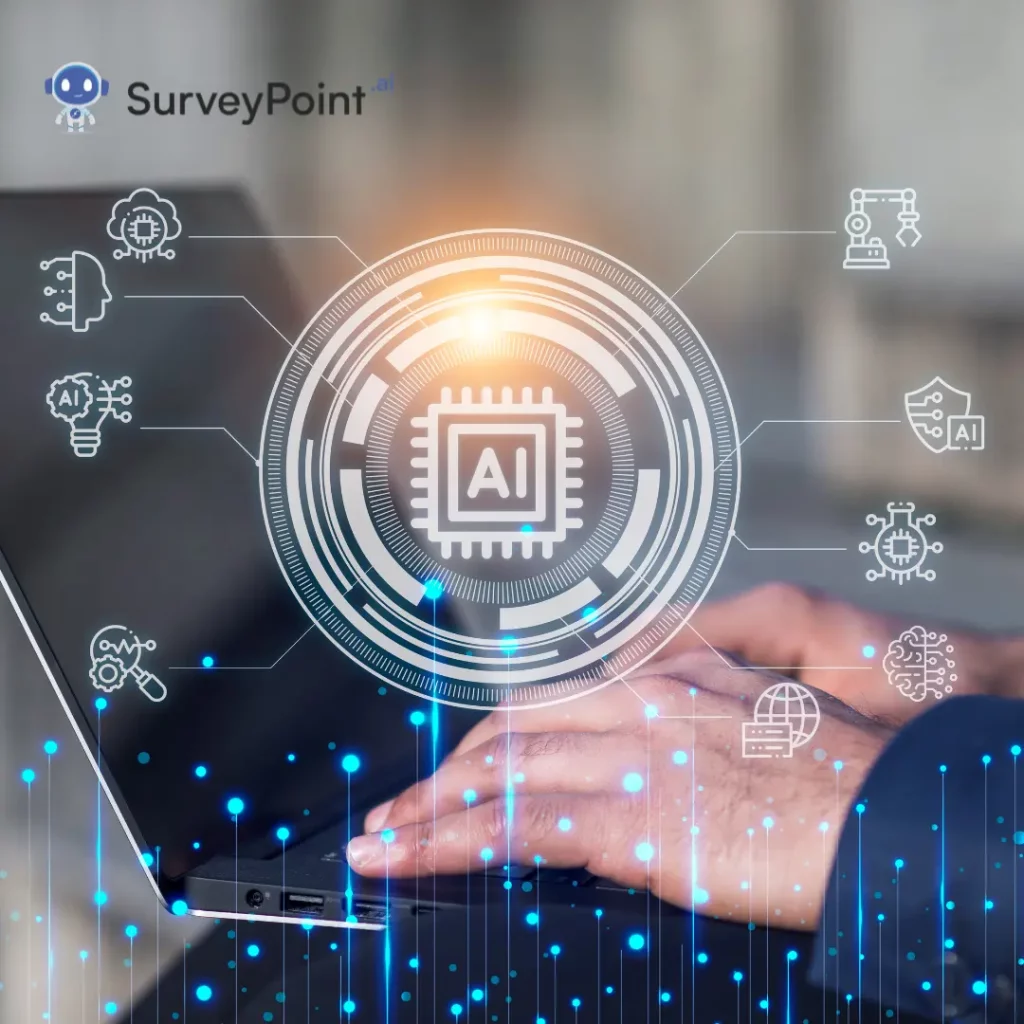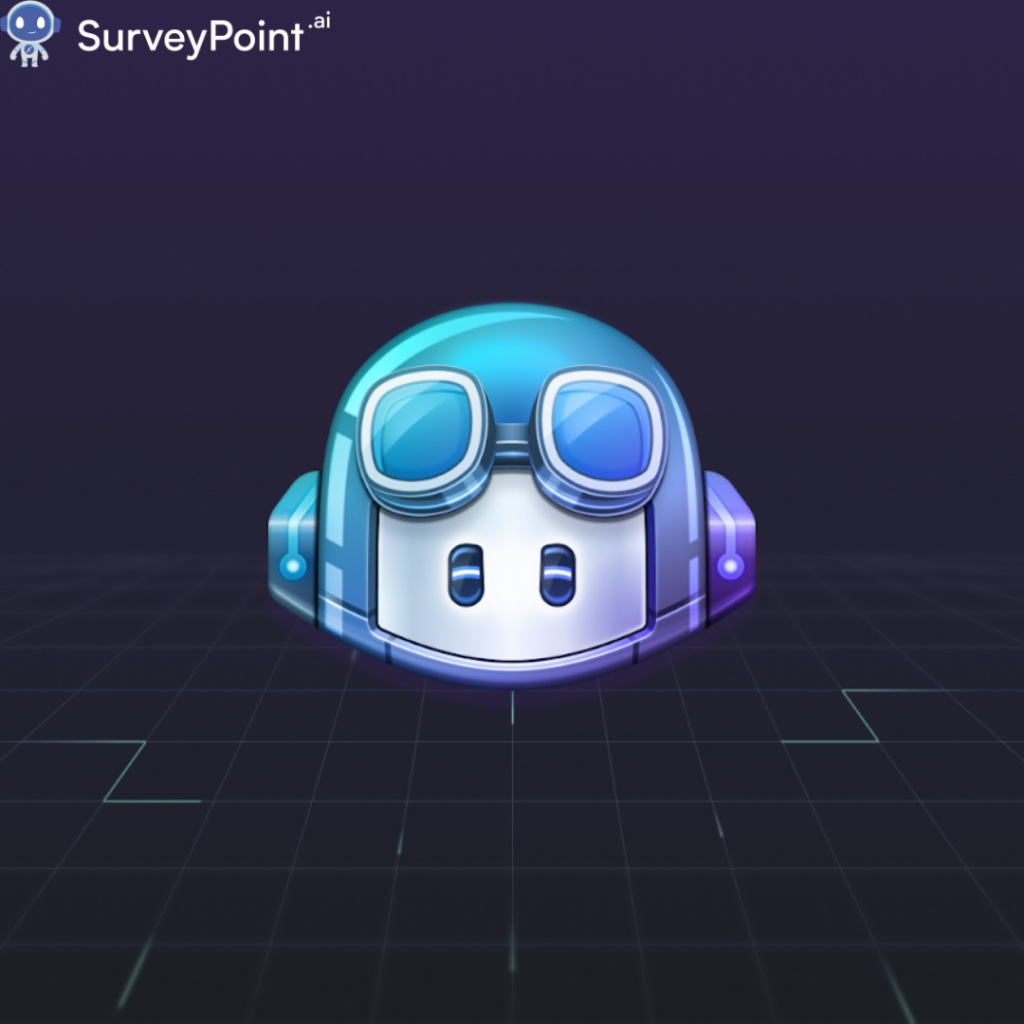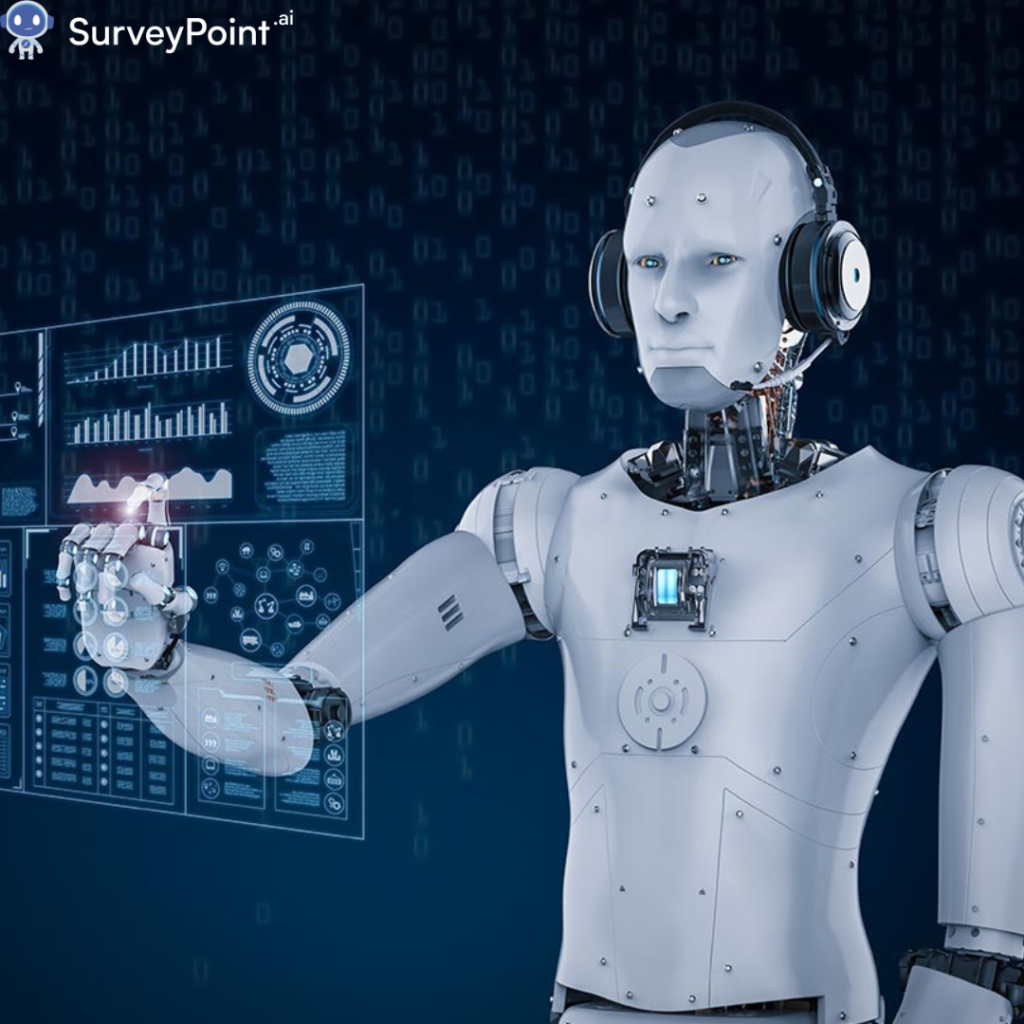
In today’s fast-paced digital landscape, with the integration of AI in advertising , it has undergone a revolutionary transformation. This powerful AI technology has not only changed the way businesses promote their products but has also opened up new dimensions of targeting and engaging with audiences.
In this comprehensive blog, we’ll delve into the world of artificial intelligence (AI) in advertising, exploring its implications, significance, top use cases, cutting-edge tools, and real-world examples that highlight its impact.
What is AI in advertising?
AI in advertising refers to the incorporation of artificial intelligence technologies to enhance various facets of advertising processes. This includes everything from audience targeting and ad creation to campaign optimisation and performance analysis. At its core, AI in advertising implies a shift from traditional, manual approaches to a more data-driven, automated, and intelligent methodology.
Why does one need AI in advertising?
The adoption of AI in advertising isn’t just a trend; it’s a strategic move that offers numerous benefits. One of the primary reasons businesses are turning to AI is its ability to process vast amounts of data at incredible speeds. This enables advertisers to gain deep insights into consumer behaviour, preferences, and trends, leading to more targeted and personalised advertising campaigns. Additionally, AI streamlines and automates repetitive tasks, allowing marketers to focus on creativity and strategy.
Top 7 Use Cases for AI in Advertising
- Audience Targeting and Segmentation AI algorithms analyse vast datasets to identify and categorise potential customers based on their behaviour, demographics, and preferences. This enables advertisers to create highly targeted campaigns, increasing the likelihood of conversion.
- Dynamic Ad Personalisation AI-driven dynamic content creation ensures that ads are personalised in real-time based on the viewer’s preferences, location, and browsing history. This level of personalisation enhances user engagement and boosts ad performance.
- Predictive Analytics for Ad Campaigns Leveraging historical data, AI can predict the success of ad campaigns and optimise strategies accordingly. This helps advertisers allocate resources more efficiently and maximise the return on investment.
- Chatbots for Customer Engagement AI-powered chatbots provide instant customer support and engagement, improving the user experience. These virtual assistants can answer queries, guide users through products or services, and even facilitate transactions.
- Ad Fraud Detection and Prevention AI algorithms can detect patterns indicative of fraudulent activities, such as click fraud or fake impressions. This ensures that advertisers get accurate data and don’t waste their budget on non-genuine interactions.
- Optimised Ad Placement AI analyses user behaviour across various platforms and devices to determine the most effective ad placements. This ensures that ads reach the right audience at the right time, maximising visibility and impact.
- Cross-Channel Advertising Integration: AI facilitates seamless integration across different advertising channels, allowing marketers to create cohesive and synchronised campaigns. This ensures a consistent brand message and experience across platforms.
Top AI Advertising Tools
The rapid evolution of AI in advertising has given rise to a multitude of tools that empower marketers to harness the full potential of this technology. Here are some of the top AI advertising tools that are making waves in the industry:
- Google AdWords: Google’s AI-driven advertising platform uses machine learning to optimise bidding strategies, ad placements, and targeting. It enhances campaign performance by analysing vast amounts of data in real-time.
- Facebook Ads Manager: Facebook employs AI to improve ad targeting, ensuring that ads are shown to users most likely to engage. The platform also uses AI for dynamic ad creation and personalised recommendations.
- Adobe Advertising Cloud: Adobe’s Advertising Cloud utilises AI for predictive analytics, helping advertisers make data-driven decisions. It offers tools for dynamic creative optimisation, cross-channel planning, and real-time performance monitoring.
- IBM Watson Advertising: IBM Watson Advertising leverages AI to analyse consumer trends and behaviours. It provides insights that enable advertisers to create more personalised and effective campaigns.
- Acquisio: Acquisio is a platform that uses AI to automate and optimise advertising campaigns across various channels. It helps advertisers save time and improve the performance of their digital marketing efforts.
Real-World Examples of AI in Advertising
To truly grasp the impact of AI in advertising, let’s explore some real-world examples where businesses have successfully integrated AI into their campaigns:
- Netflix’s Recommendation Engine-Netflix uses AI algorithms to analyse user viewing history and preferences, providing personalised recommendations. This not only enhances the user experience but also influences content discovery.
- Amazon’s Dynamic Pricing -Amazon dynamically adjusts product prices based on factors like demand, competitor pricing, and historical data. AI algorithms ensure that prices are optimised in real-time to maximise sales and revenue.
- Spotify’s Personalized Playlists– Spotify employs AI to curate personalised playlists for users based on their music preferences and listening habits. This level of customisation keeps users engaged and encourages longer platform usage.
- Sephora’s Virtual Artist-Sephora utilises AI in its Virtual Artist app, allowing users to try on different makeup products virtually. This enhances the online shopping experience and helps customers make informed purchasing decisions.
Conclusion
In conclusion, the integration of AI in advertising marks a significant milestone in the evolution of marketing strategies. As technology continues to advance, businesses that embrace AI are better positioned to create more targeted, personalised, and efficient advertising campaigns. From audience targeting and dynamic ad personalisation to predictive analytics and fraud detection, the use cases for AI in advertising are vast and continually expanding.
As we navigate this AI-driven era of advertising, staying informed about the latest tools and real-world examples is crucial. By understanding the implications and benefits of AI in advertising, marketers can not only keep up with industry trends but also unlock new opportunities for growth and success in the ever-changing digital landscape.




